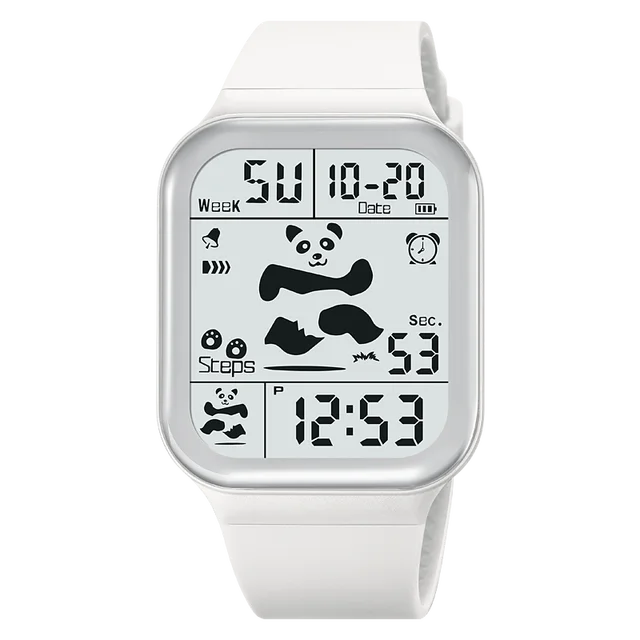Introduction
Digital watches have transformed our approach to timekeeping and personal technology. These devices have progressed significantly since their inception, and they continue to shape how we perceive time. In this article, we will explore the evolution of digital watch, their various features, and their impact on society. We will also discuss the future of these remarkable devices.
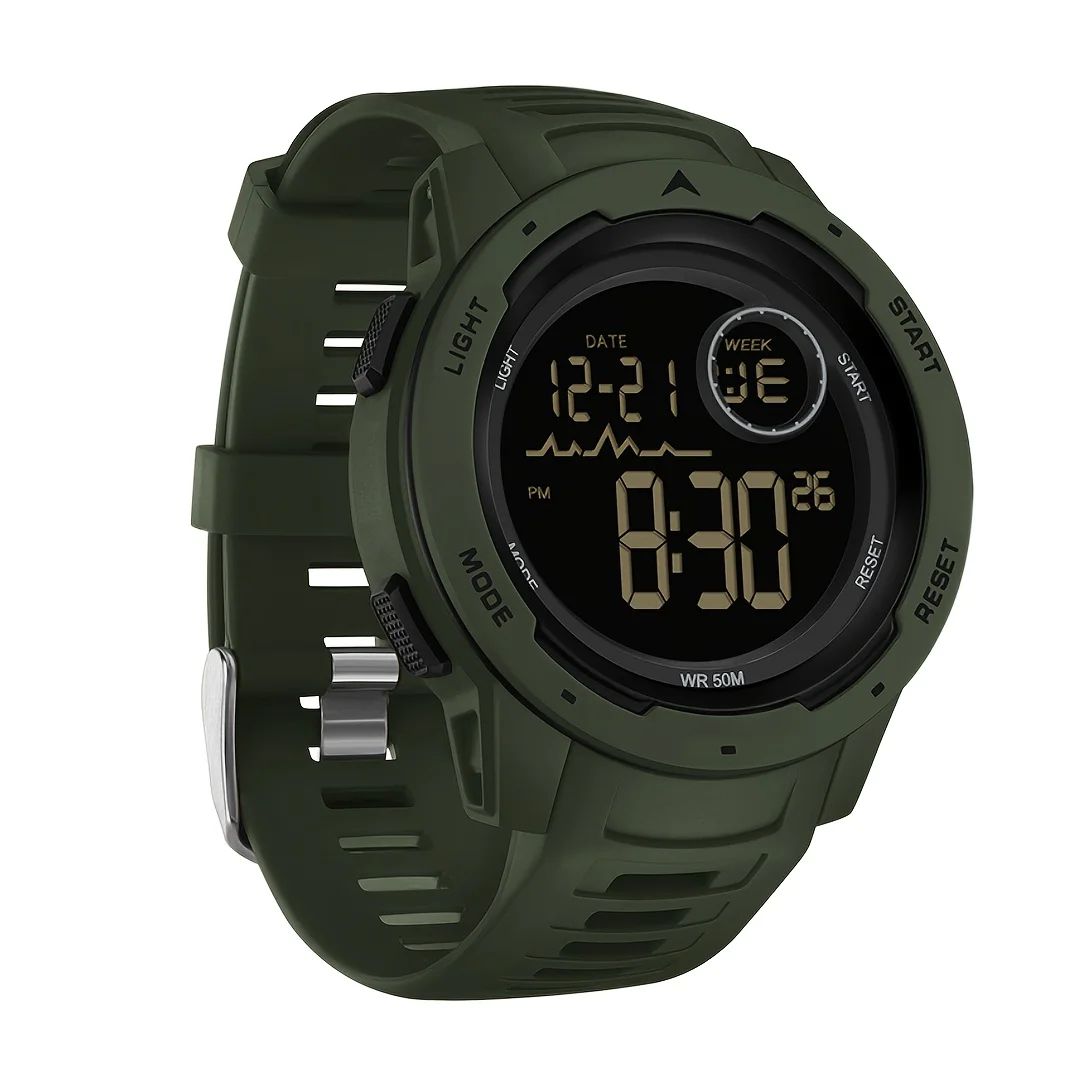
The Early Days of Digital Watches
The Introduction of Digital Timekeeping
Digital watches emerged in the late 1960s. The Hamilton Watch Company introduced the first digital watch, the Pulsar, in 1970. The Pulsar featured a LED display. It displayed time using red digits. This innovative design marked a significant departure from traditional analog watches. The Pulsar captured the imagination of consumers. It had a sleek, futuristic look that appealed to tech enthusiasts.
The early digital watches had limitations. The LED display drained the battery quickly. This meant users had to replace batteries frequently. Additionally, these watches were expensive. The high price made them inaccessible for many people. However, despite these challenges, the digital watch market began to grow.
In the following years, several companies released their own digital watches. Seiko was one of the prominent players in the market. Seiko introduced its first digital watch in 1973. This watch also used a LED display. It showcased the company’s commitment to innovation. Other brands, such as Casio, joined the competition. They began producing affordable digital watches. These watches featured simpler designs and basic functions. They often included an alarm and a stopwatch.
As more companies entered the market, digital watches became more popular. By the late 1970s, they were widely available. The competition among brands drove prices down. This accessibility allowed more consumers to buy digital watches. The rise of digital timekeeping marked a significant shift in the watch industry.
The Quartz Revolution
The introduction of quartz technology in the late 1970s changed everything. Quartz watches became the new standard for timekeeping. This technology allowed watches to be more accurate and affordable. Traditional mechanical watches relied on gears and springs. They were often less accurate and more expensive to produce.
Digital watches benefited greatly from this quartz revolution. The first quartz digital watch was released by Seiko in 1969. It provided accurate timekeeping and used a battery to power the display. The success of quartz technology led to a surge in the popularity of digital watches. They became more reliable and accessible to consumers.
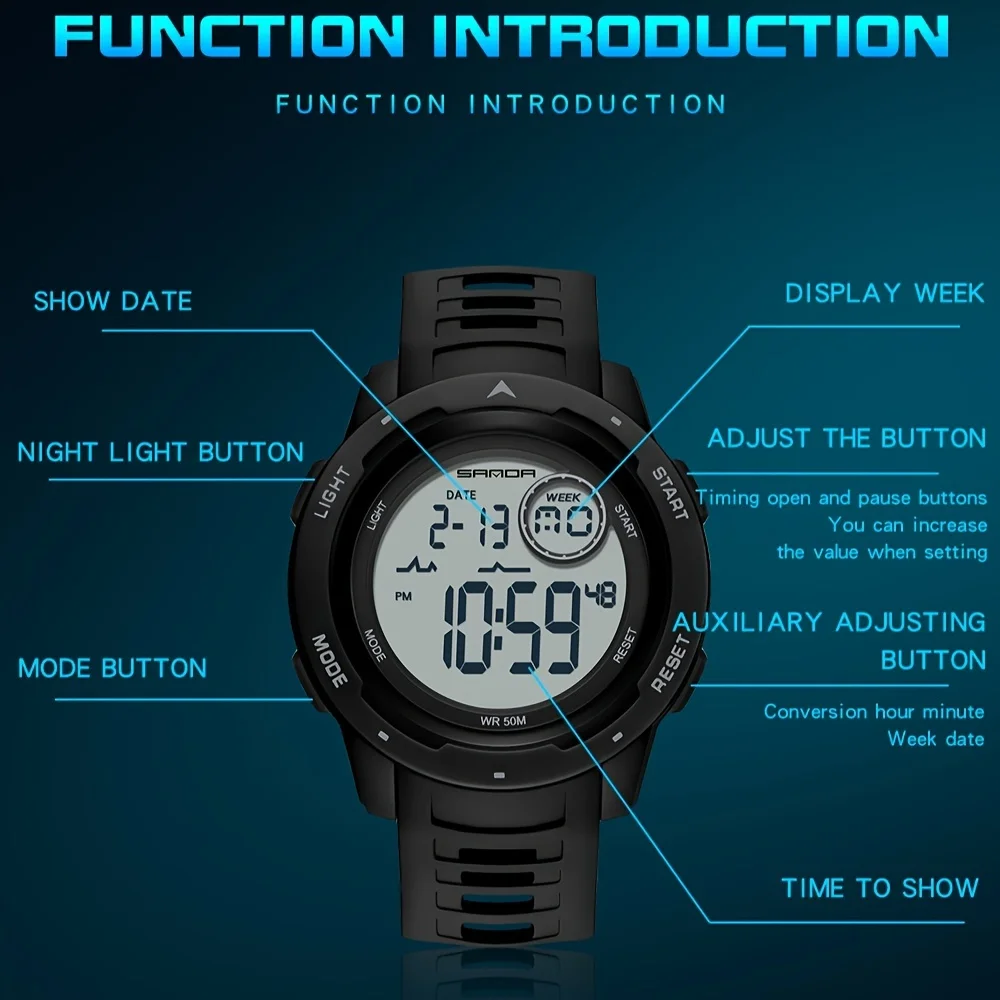
As quartz technology advanced, digital watches evolved. Manufacturers began to add more features. They introduced LCD screens, which offered better visibility and battery life. LCD displays were easier to read, even in bright sunlight. They also consumed less power than LED screens. This advancement extended the battery life of digital watches.
By the early 1980s, digital watches reached their peak popularity. Brands like Casio released models with numerous functions. Some watches had calculators, while others had multiple time zones. The variety of features appealed to a broad range of consumers. Digital watches became fashionable accessories, as well as practical timekeeping devices.
The Multifunctionality of Modern Digital Watches
Fitness and Health Tracking
The evolution of digital watches continued into the 1990s and early 2000s. Manufacturers began to focus on multifunctionality. This shift marked a significant change in the watch industry. Digital watches were no longer just about telling time. They became essential tools for fitness and health monitoring.
Companies like Garmin and Polar pioneered this trend. They created watches designed specifically for athletes. These devices tracked distance, speed, and heart rate. They provided valuable data for those looking to improve their performance. Fitness enthusiasts embraced these watches. They appreciated the ability to monitor their workouts in real time.
As technology advanced, the capabilities of digital watches expanded. Today, many digital watches include GPS tracking. This feature allows users to track their outdoor activities accurately. They can monitor their routes during runs, bike rides, or hikes. GPS functionality enhances the overall user experience. It makes digital watches more appealing to outdoor enthusiasts.
Additionally, many modern digital watches offer health monitoring features. Users can track their heart rate, sleep patterns, and even stress levels. This data provides insights into overall health. It encourages users to adopt healthier lifestyles. The convenience of having this information on their wrists makes a significant difference.

Smartwatches and Connectivity
The introduction of smartwatches marked another turning point for digital watches. Smartwatches combined traditional timekeeping with smartphone capabilities. Brands like Apple and Samsung entered the market, creating devices that changed the game. Smartwatches offer features like notifications, music control, and app access.
This connectivity adds a new layer of functionality. Users can receive calls, texts, and app alerts directly on their wrists. This convenience allows for a more streamlined experience. People no longer need to constantly check their phones. Instead, they can glance at their wrists for important updates.
Smartwatches also focus on customization. Many models allow users to change watch faces and bands. This feature enhances the aesthetic appeal. Users can personalize their devices to match their style. The ability to customize adds a personal touch to digital watches.
The rise of smartwatches has led to increased competition. Manufacturers strive to create the most innovative and functional devices. This competition drives advancements in technology. Consumers benefit from better features and improved designs.
The Cultural Impact of Digital Watches
Shifting Timekeeping Habits
Digital watches have changed how people perceive and manage time. In today’s fast-paced world, instant access to information is essential. Digital watches provide immediate updates on time, notifications, and fitness data. This accessibility helps individuals stay organized and efficient.
The rise of smartwatches has further transformed timekeeping habits. Many people now rely on their watches for more than just telling time. They use them for fitness tracking, communication, and entertainment. This shift reflects broader changes in society, where technology plays a central role.
Digital watches have also contributed to a cultural shift towards a more health-conscious lifestyle. With the ability to track fitness metrics, users become more aware of their health. They can monitor their physical activity and set fitness goals. This awareness motivates individuals to lead healthier lifestyles.
Moreover, digital watches have become status symbols. High-end smartwatches often come with a hefty price tag. Many people view these devices as fashion statements. They represent a blend of style and technology. The perception of digital watches has evolved, making them desirable accessories.
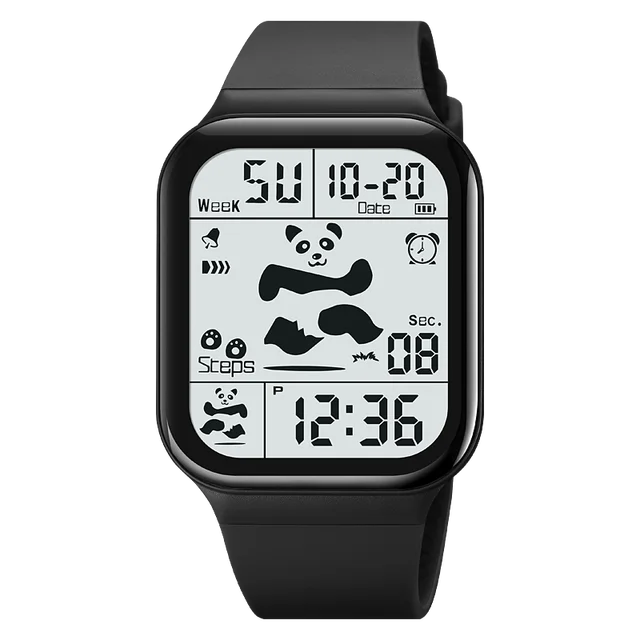
The Role of Digital Watches in Daily Life
Digital watches have become integral to daily life. They serve as reminders, fitness trackers, and communication devices. Many users rely on their watches to help manage their schedules. The alarm and timer functions are particularly useful. They assist in keeping track of time throughout the day.
The convenience of having a multifunctional device on one’s wrist is invaluable. People can quickly glance at their watches for updates. This quick access allows for better time management. Users can focus on tasks without constantly checking their phones.
Furthermore, digital watches enhance personal safety. Many models offer emergency features, such as fall detection. These functions can alert emergency contacts in case of an accident. This added layer of security is appealing, especially for older adults.
The integration of technology into our daily lives continues to grow. Digital watches play a significant role in this trend. They provide a seamless way to stay connected while maintaining a focus on personal health and safety.
The Future of Digital Watches
Emerging Technologies and Innovations
The future of digital watches looks promising. Emerging technologies will continue to shape their development. Innovations in materials, battery life, and functionality will drive the market forward. Manufacturers are exploring advanced battery technologies. These technologies could extend the life of digital watches significantly.
One exciting area of development is solar-powered watches. Some brands have begun to incorporate solar technology into their designs. This advancement allows watches to charge using sunlight. This feature reduces the need for battery replacements and enhances sustainability.
Artificial intelligence (AI) is another area of interest. The integration of AI in digital watches can enhance user experience. AI can provide personalized recommendations based on user behavior. This technology could revolutionize how users interact with their watches.
Moreover, advancements in sensor technology will improve health monitoring capabilities. Future digital watches may offer even more precise measurements. They could monitor blood pressure, blood sugar levels, and other vital signs. This potential makes digital watches even more valuable as health management tools.
Sustainability and Eco-Friendly Practices
As environmental awareness grows, consumers increasingly seek sustainable products. The digital watch industry is responding by focusing on eco-friendly materials. Many brands are exploring biodegradable materials and recycling programs. This shift towards sustainability is essential for the future of digital watches.
Manufacturers are looking at ways to reduce electronic waste. Creating durable and repairable designs can contribute to a more sustainable future. As consumers prioritize sustainability, brands that adopt these practices will gain a competitive advantage.
The use of recycled materials in watch production is gaining traction. Brands that incorporate recycled plastics or metals in their designs appeal to environmentally conscious consumers. This approach helps reduce the ecological footprint of digital watches.
Additionally, companies are focusing on ethical sourcing practices. Ensuring that materials are sourced responsibly is becoming more critical. Consumers are increasingly concerned about the environmental impact of their purchases. Brands that prioritize sustainability will likely stand out in the competitive market.
Personalization and User Experience
The future of digital watches will also involve greater personalization. Brands will continue to develop customization options. This allows users to tailor their watches to their preferences. Personalization enhances the overall user experience. It creates a deeper connection between consumers and their devices.
Many brands already offer interchangeable bands and customizable watch faces. Users can change the appearance of their watches to match their outfits or mood. This flexibility adds to the appeal of digital watches.
Furthermore, as digital watches evolve, they will increasingly focus on user-friendly interfaces. Simplified navigation and intuitive designs will become more critical. Consumers seek seamless experiences. Brands that prioritize user experience will likely succeed in the competitive landscape.
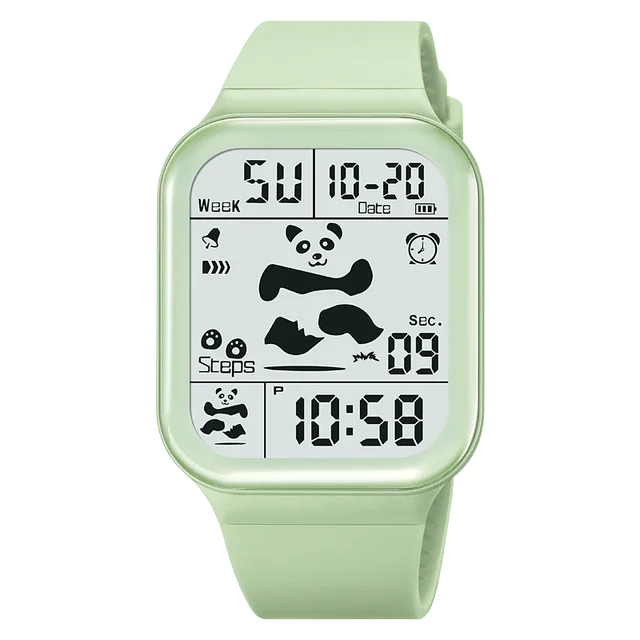
Ethical Considerations and Data Privacy
Consumer Concerns
As digital watches become more integrated with personal health data, concerns about privacy and security are paramount. Consumers are increasingly aware of how their data is collected and used. Brands must address these concerns by implementing robust security measures to protect user data.
Transparency about data usage is essential. Brands should communicate how they collect, store, and utilize health information. Users need reassurance that their data is handled responsibly. Companies that prioritize privacy and data security will build trust and loyalty among consumers.
Regulatory Environment
The regulatory landscape surrounding health data is evolving. Governments and organizations are implementing guidelines to protect consumer privacy. As digital watches gather more health-related data, manufacturers must comply with these regulations.
Brands must stay informed about changing laws and adapt their practices accordingly. Compliance with regulations not only ensures user safety but also enhances brand reputation. Being proactive in addressing privacy concerns will be crucial for future success.
Conclusion: A Bright Future for Digital Watches
The evolution of digital watches has been remarkable, and their future looks equally promising. From their humble beginnings as simple timekeeping devices to multifunctional smartwatches, they have continually adapted to meet consumer needs. As technology advances, digital watches will likely incorporate more features and capabilities.
The trends toward personalization, sustainability, and health monitoring will shape the market landscape. Collaborations between fashion and technology will enhance the appeal of digital watches, making them stylish accessories. Furthermore, as consumers become more health-conscious, the demand for watches that monitor fitness and health metrics will increase.
